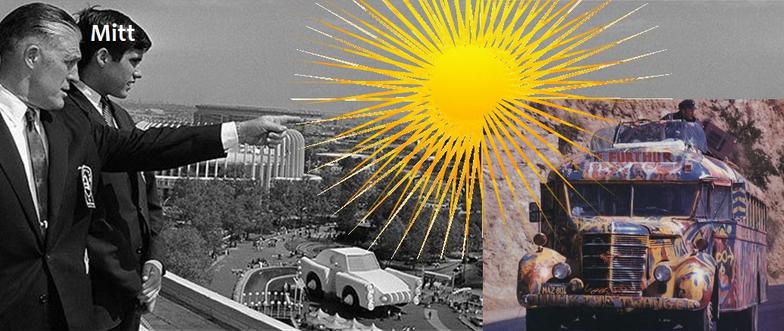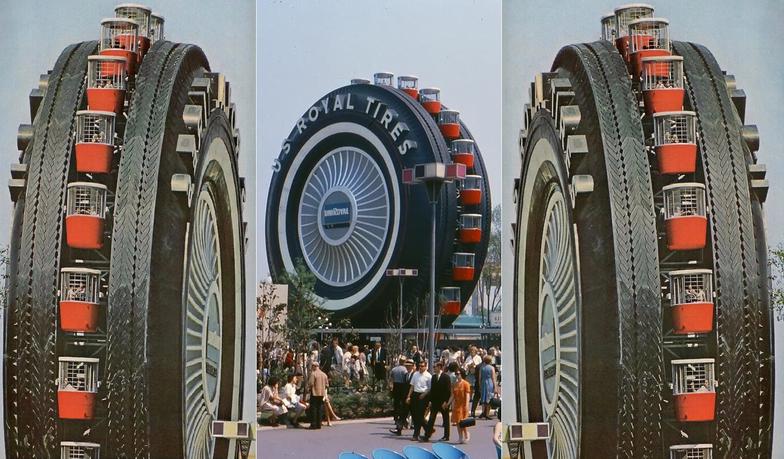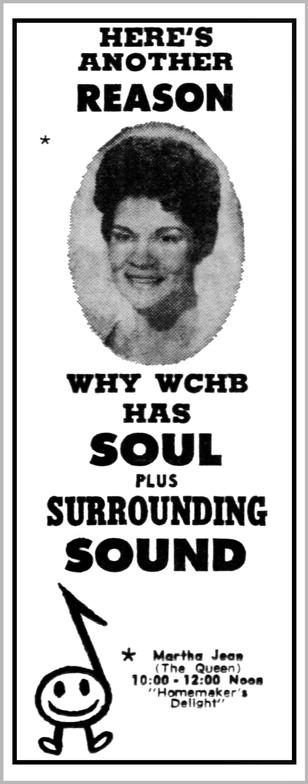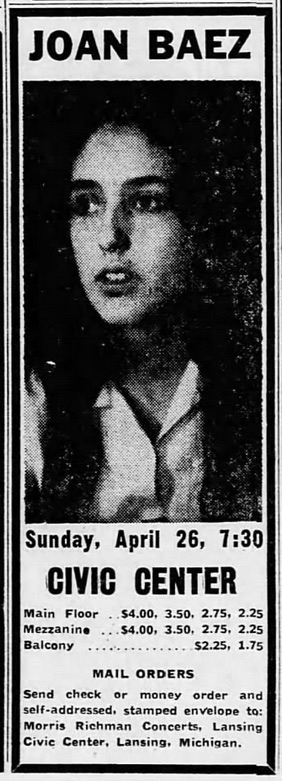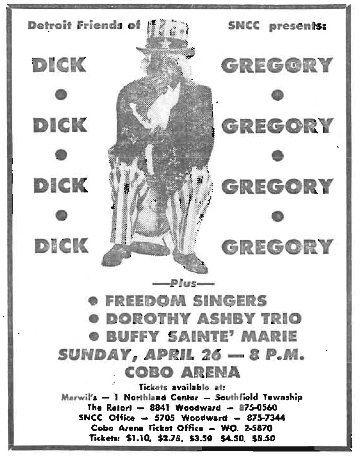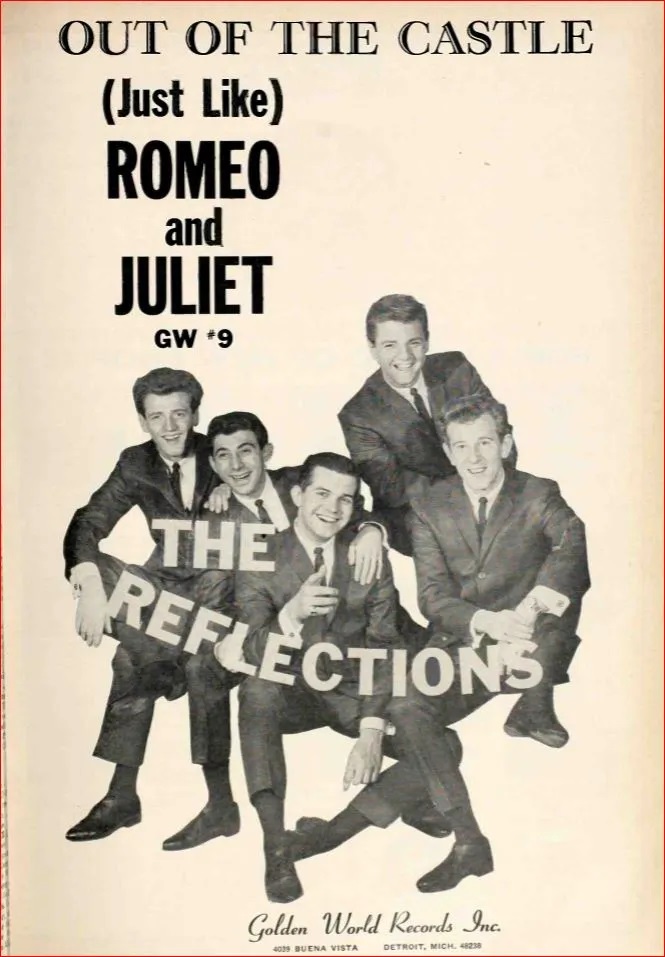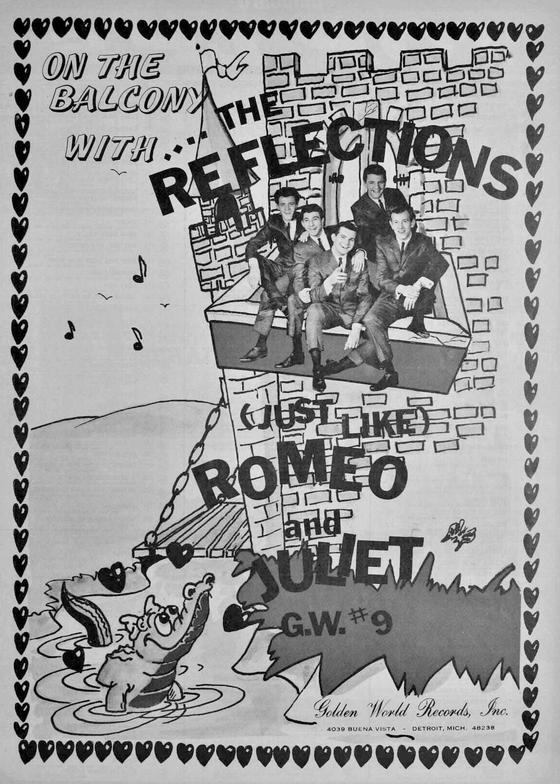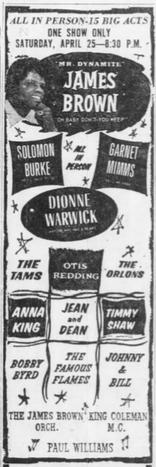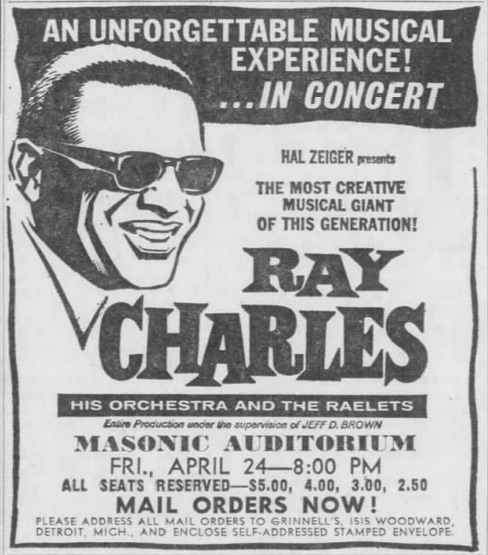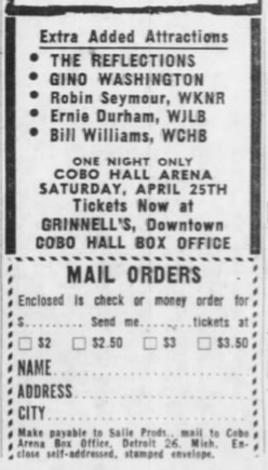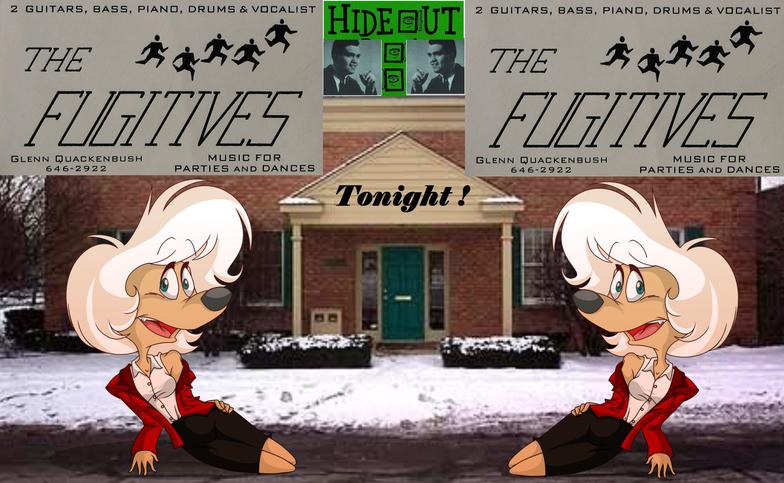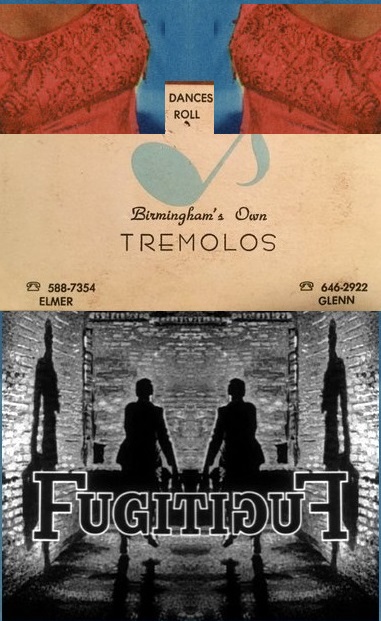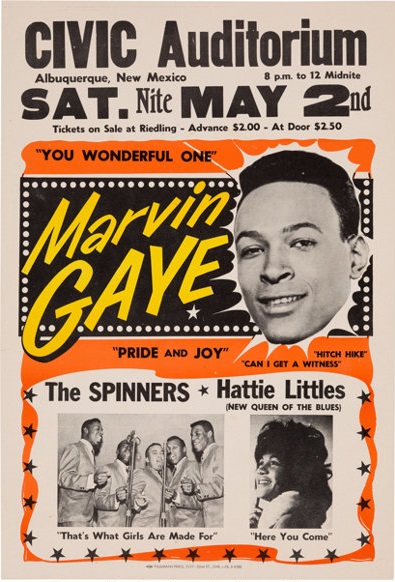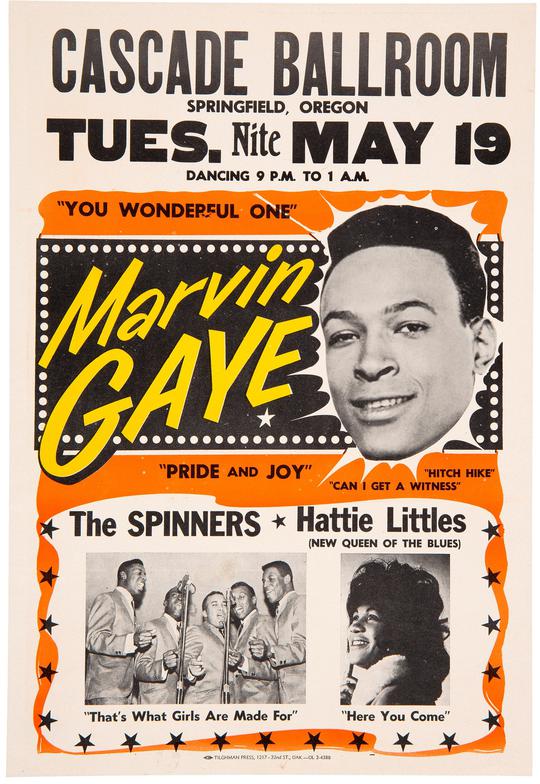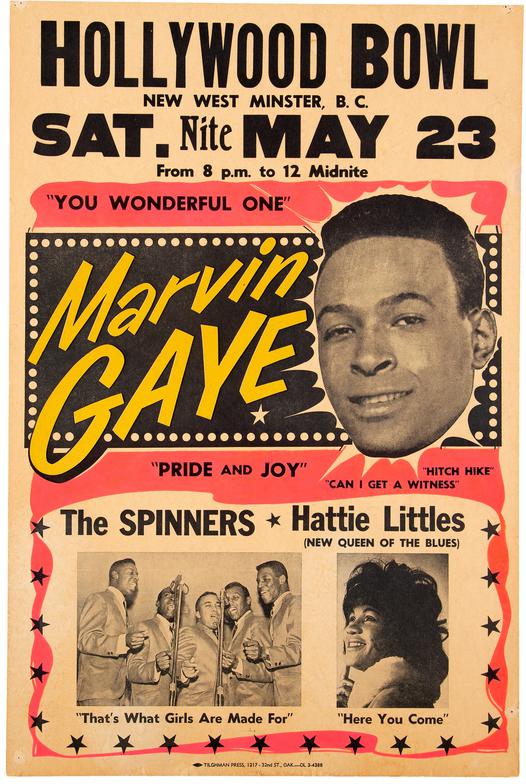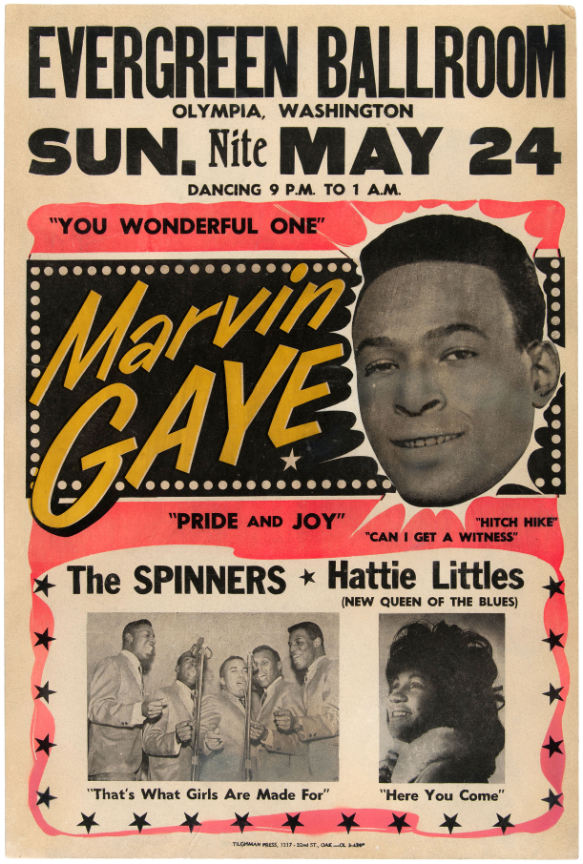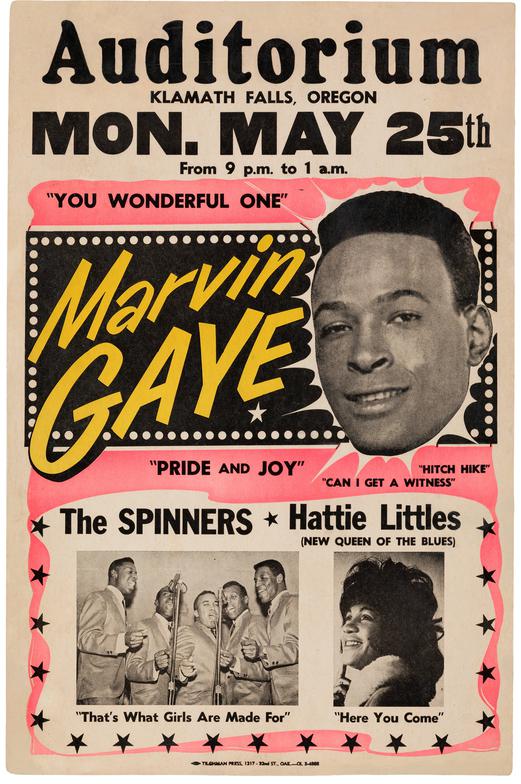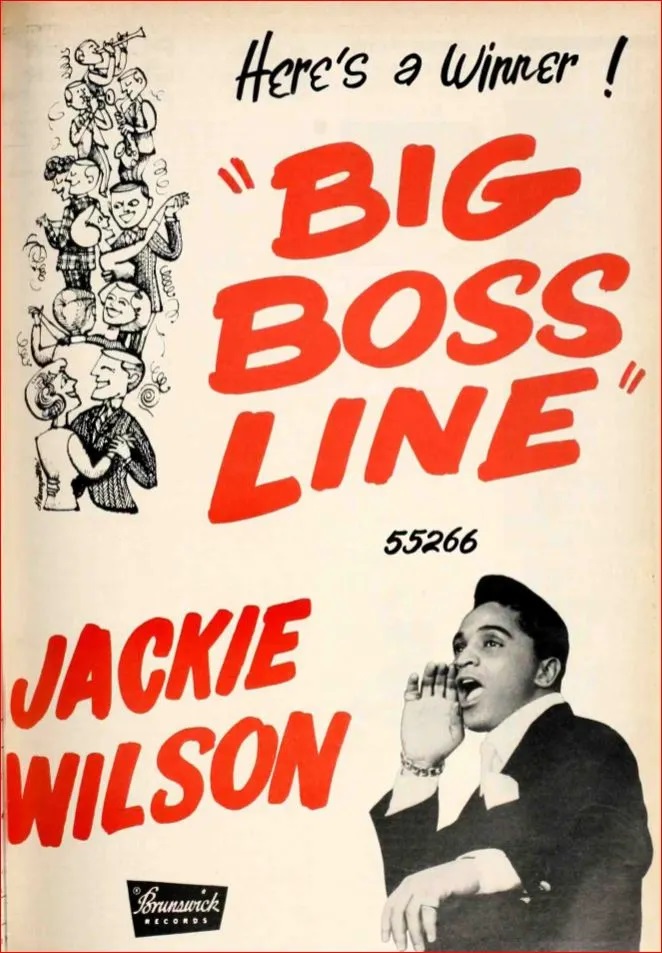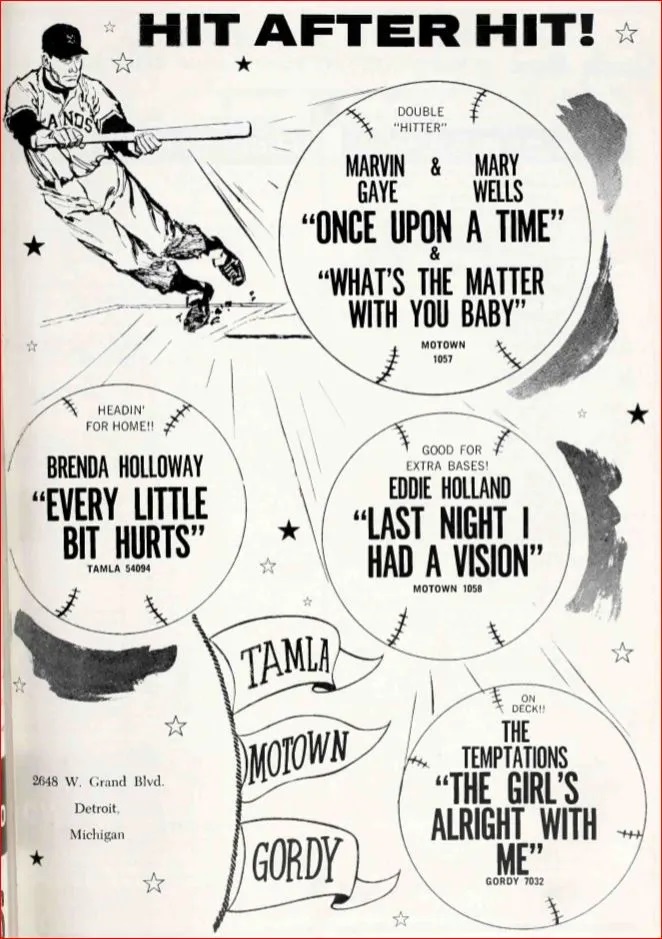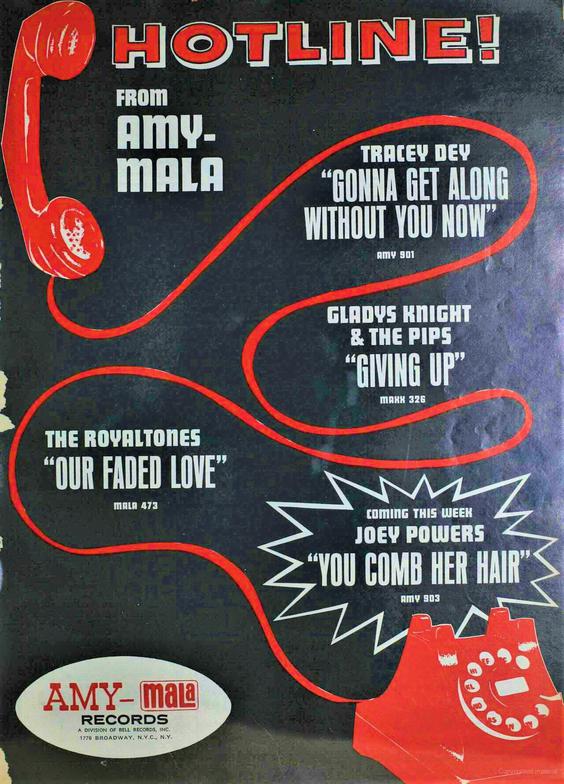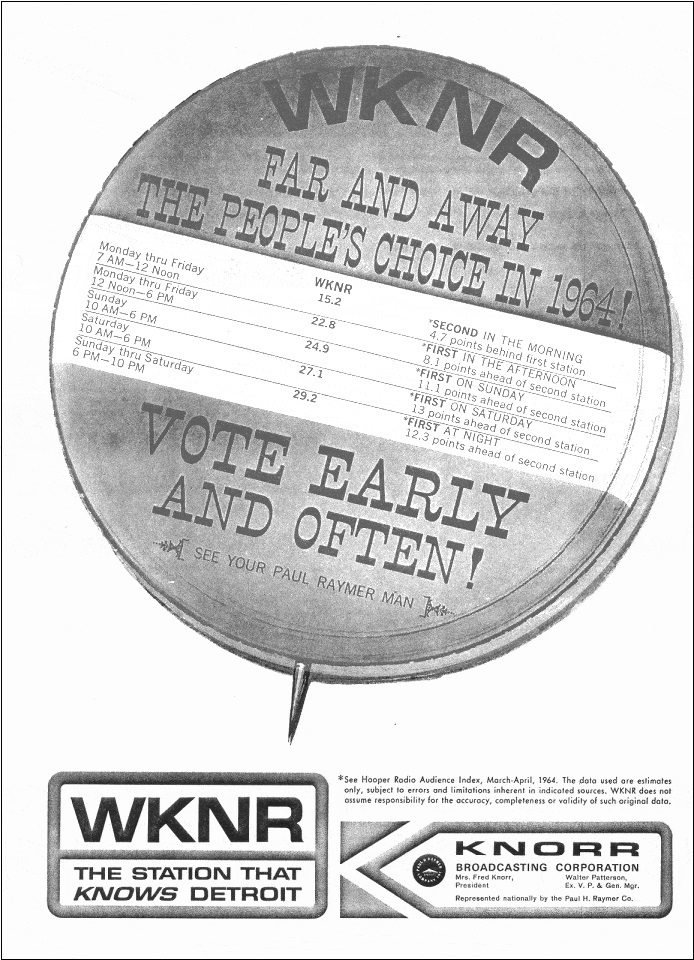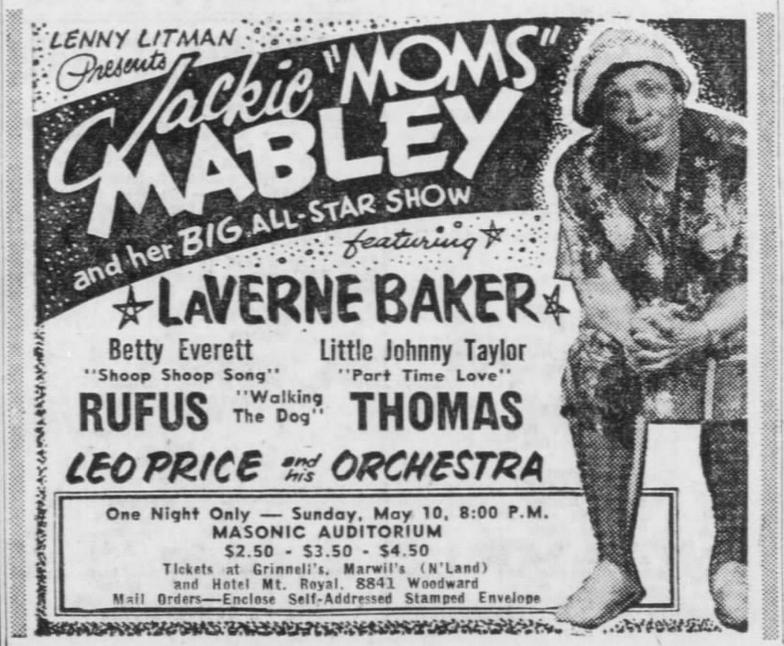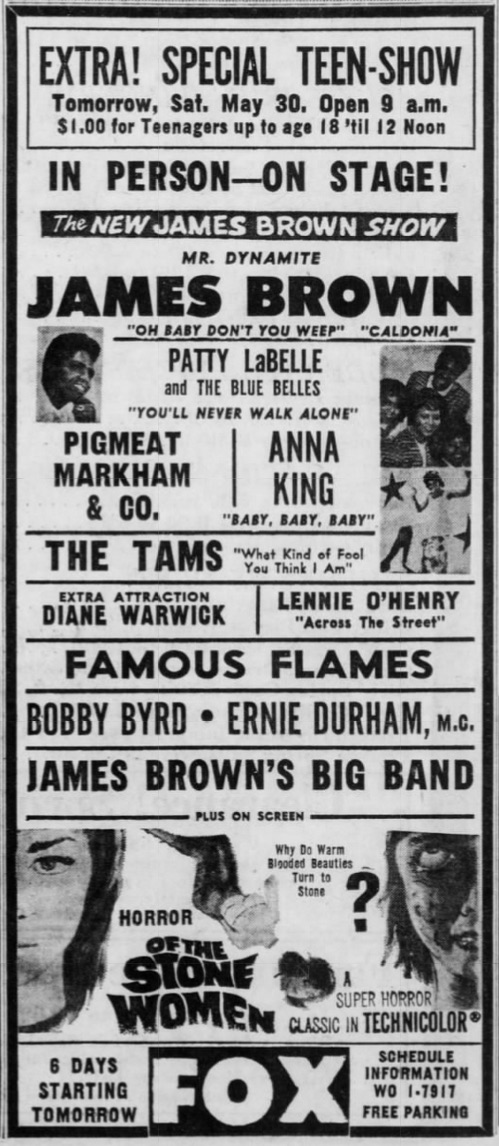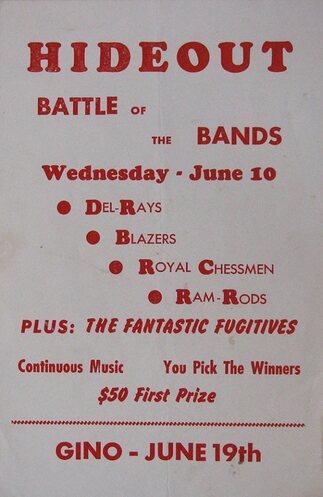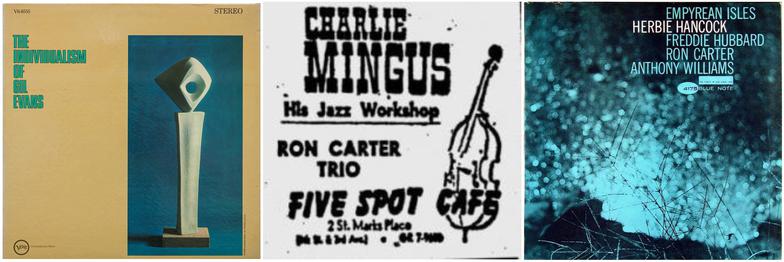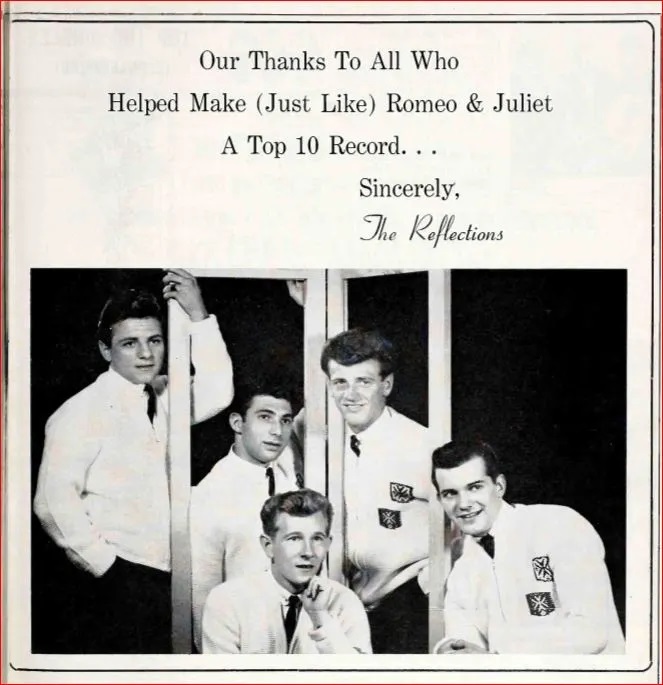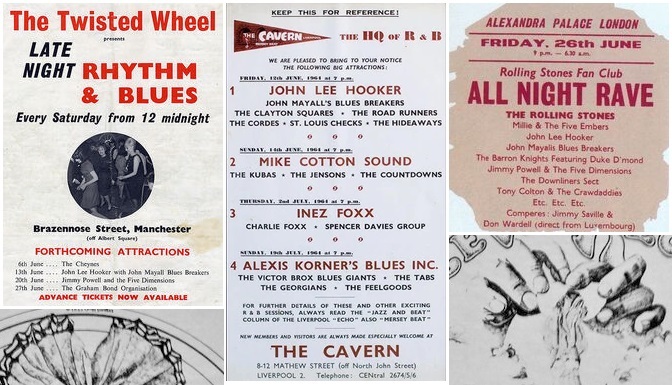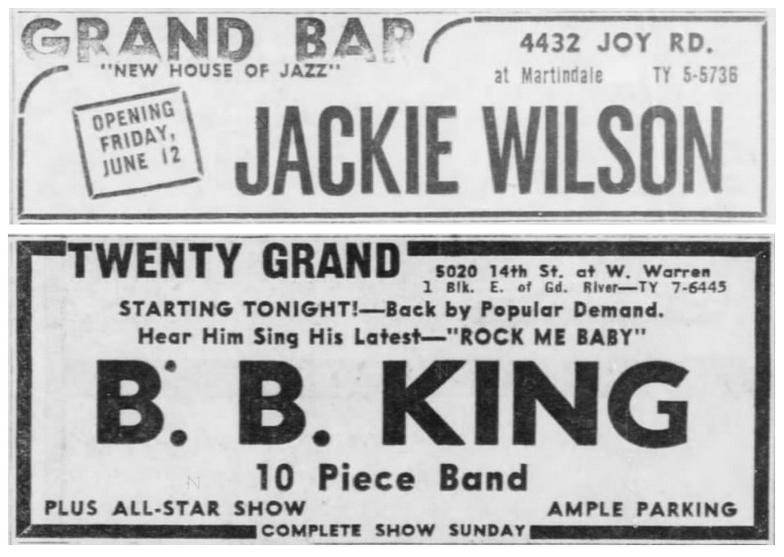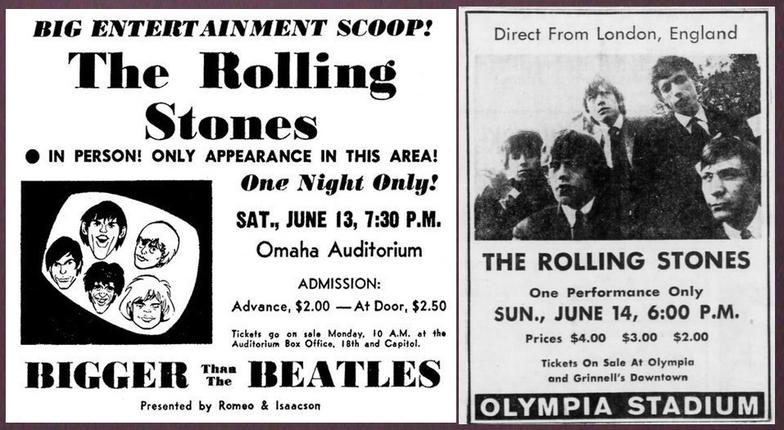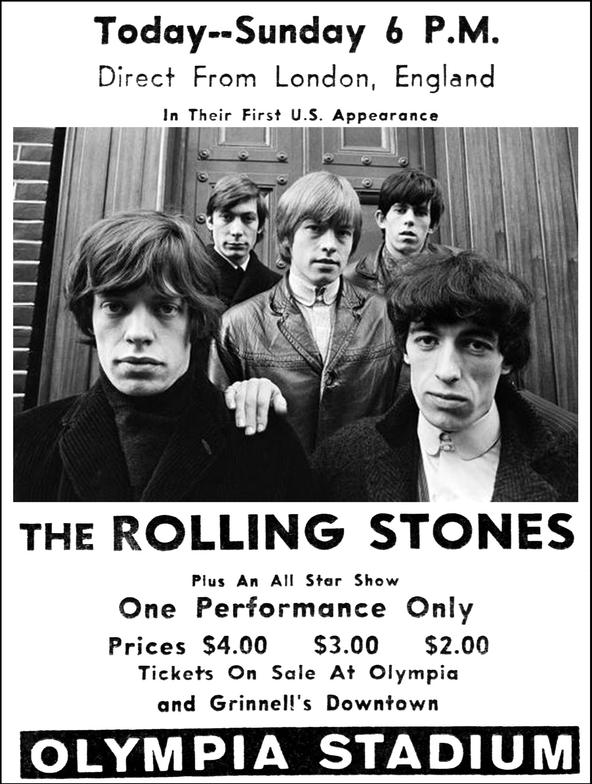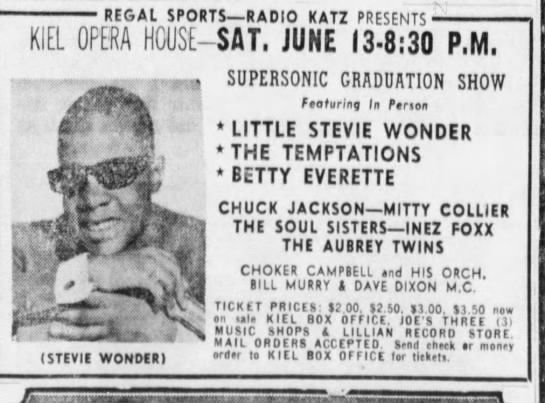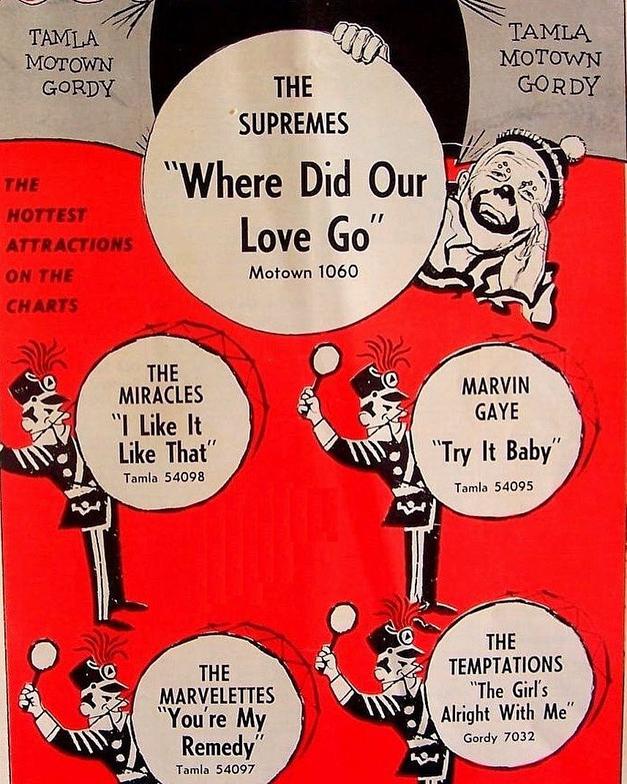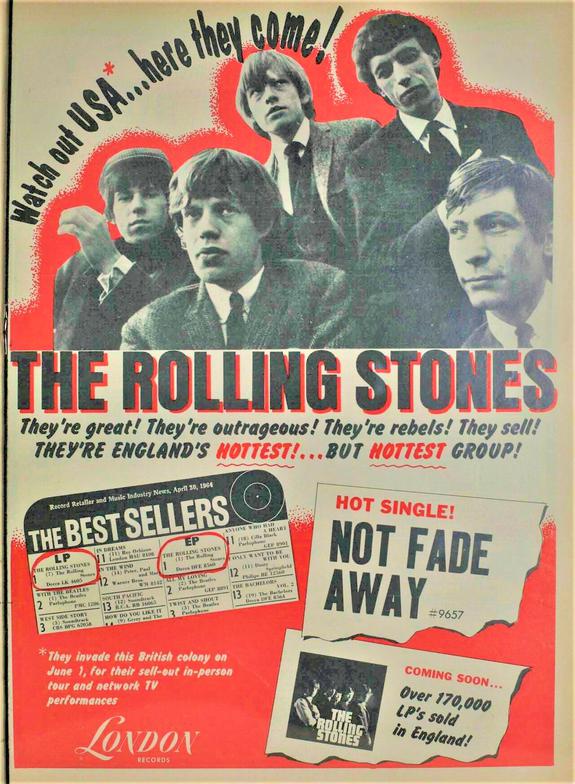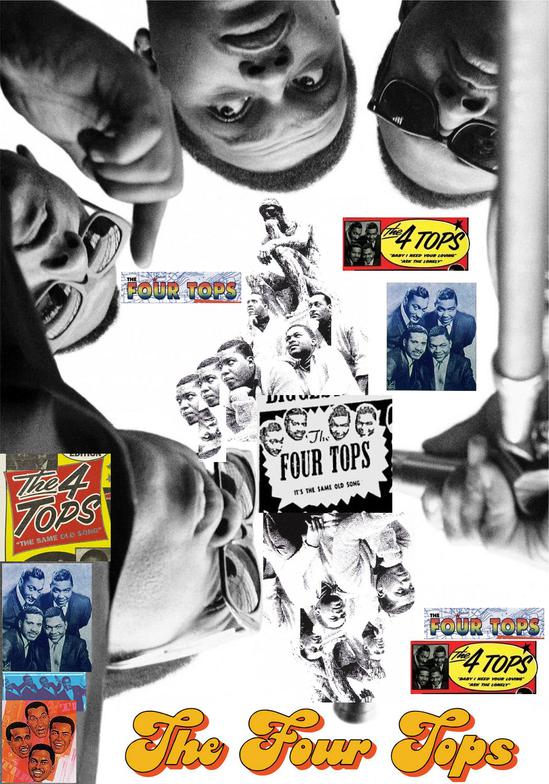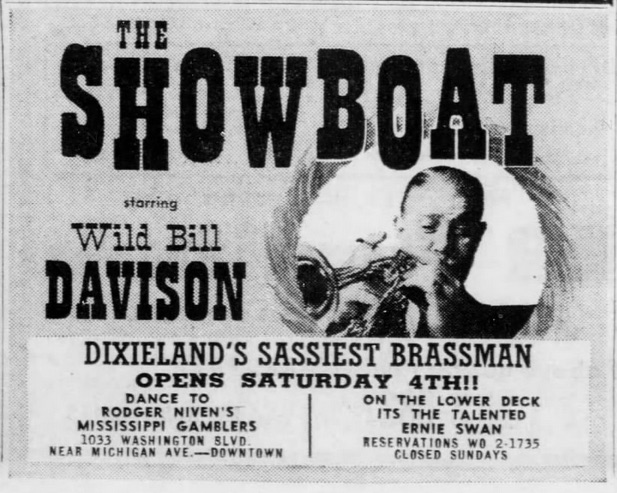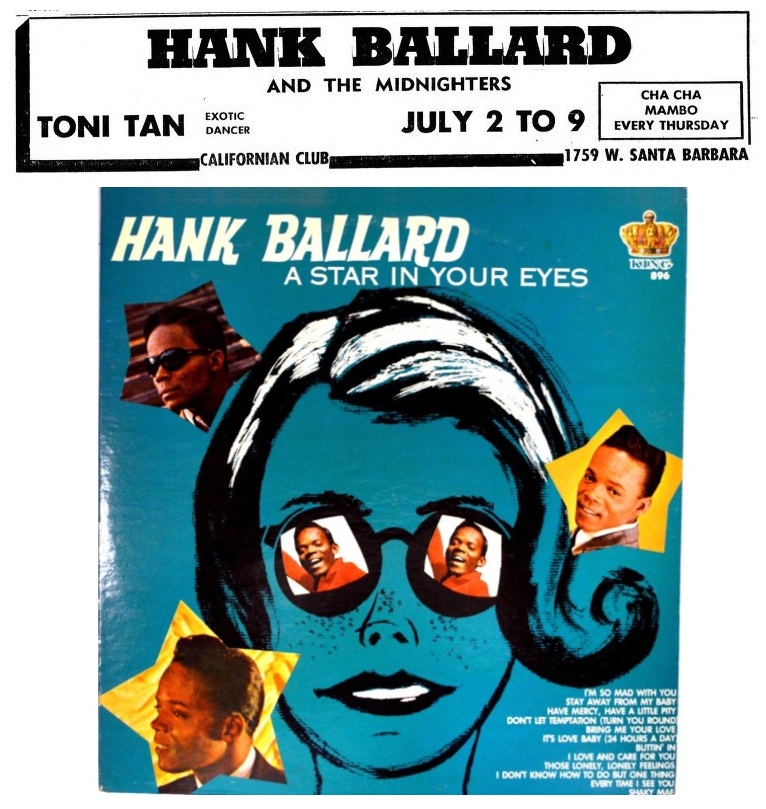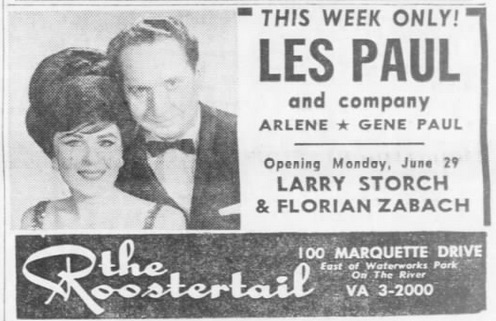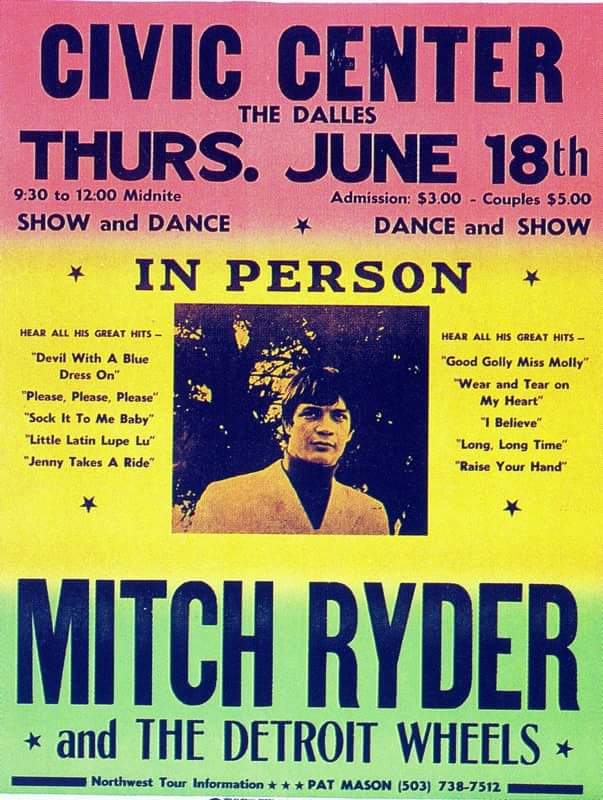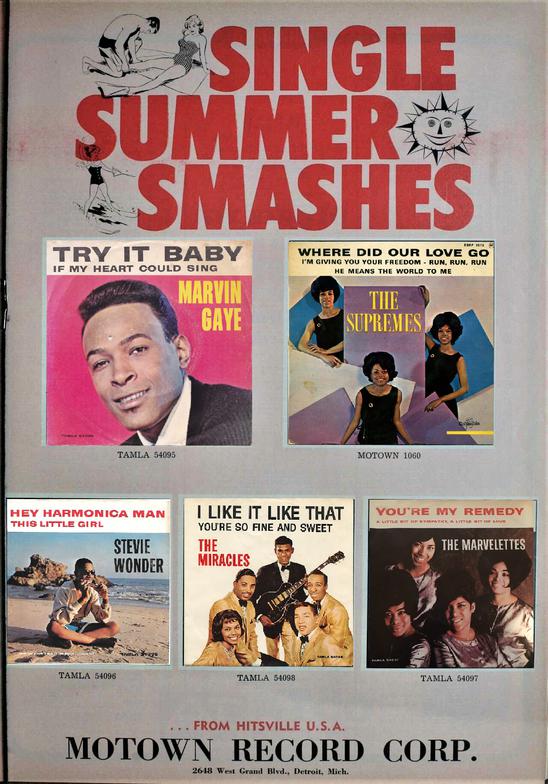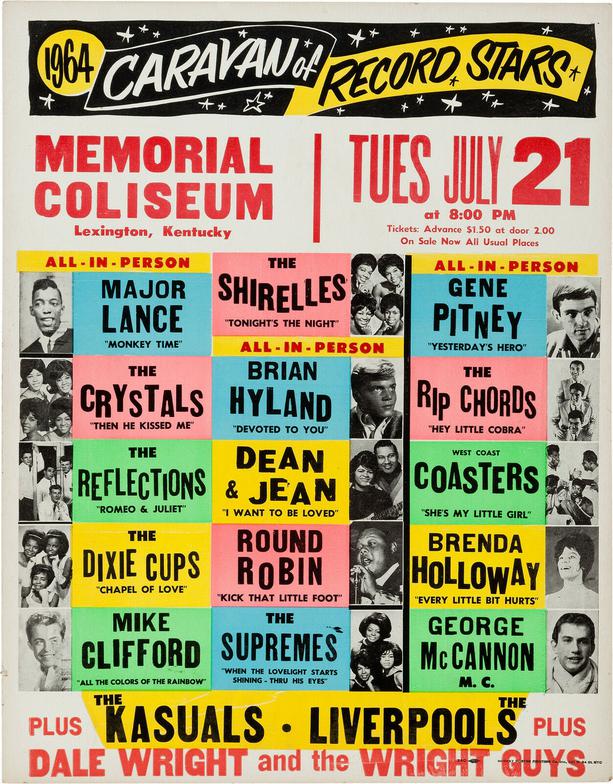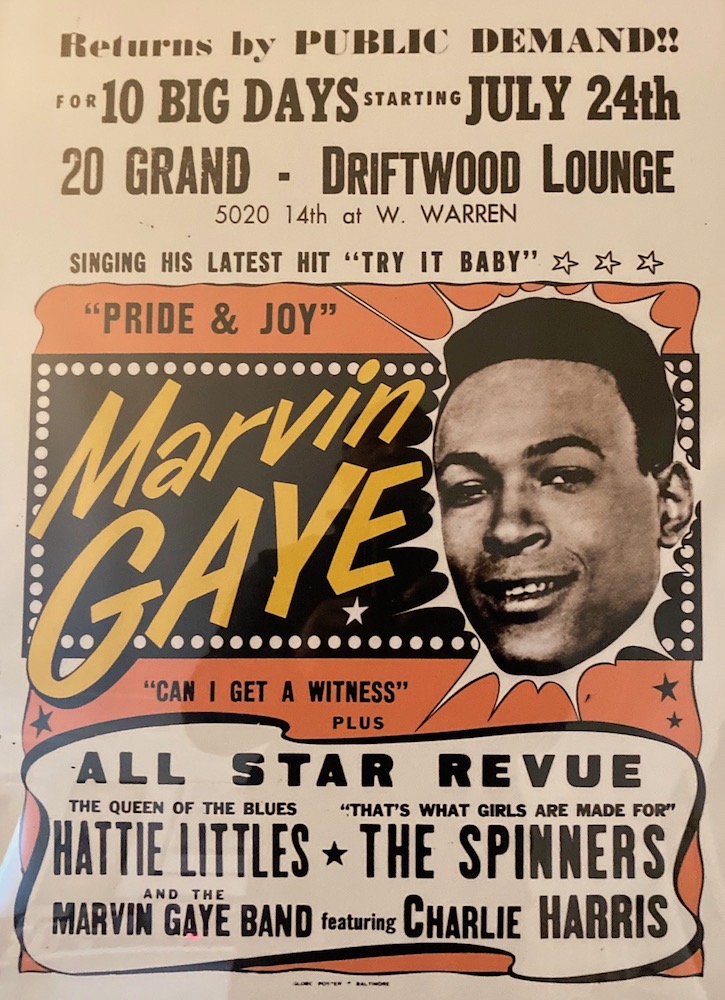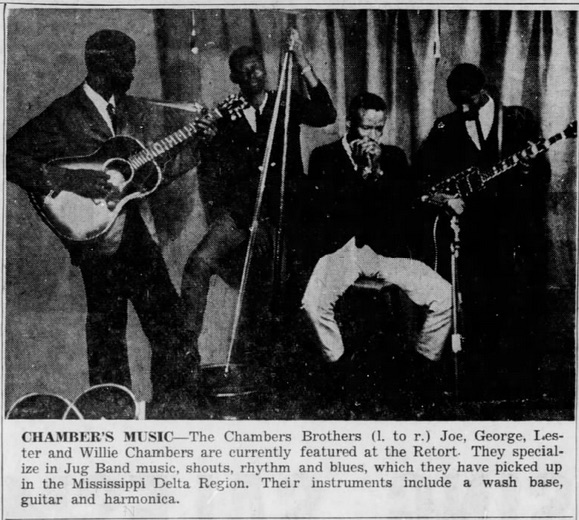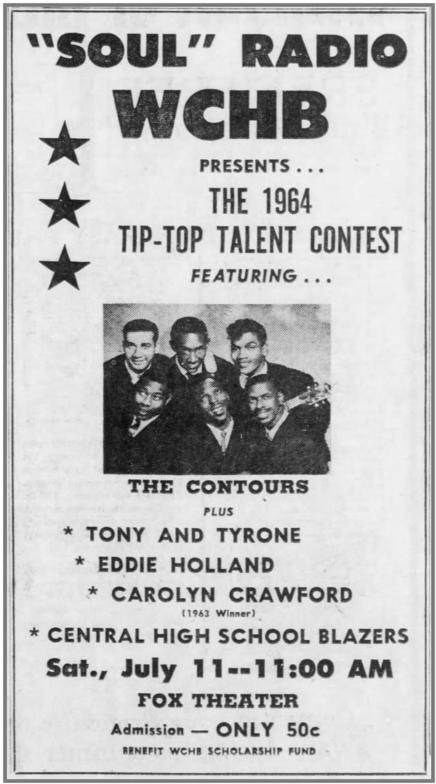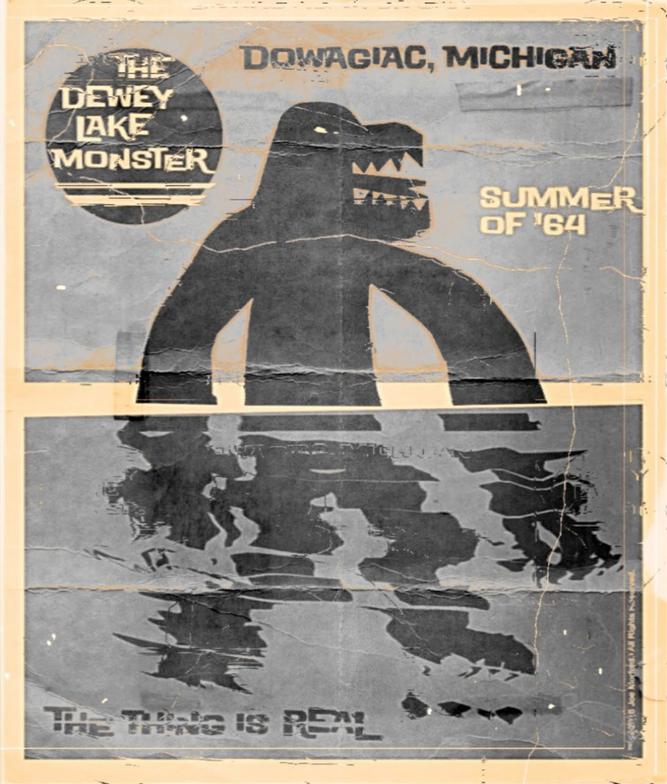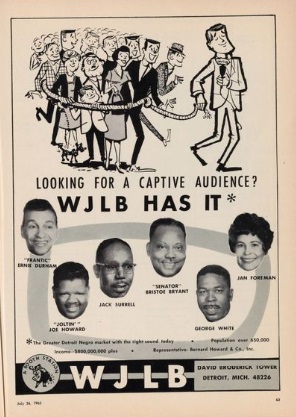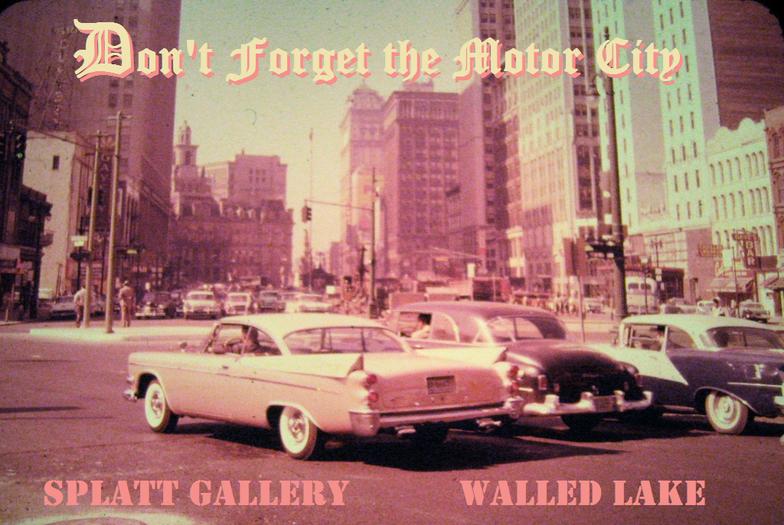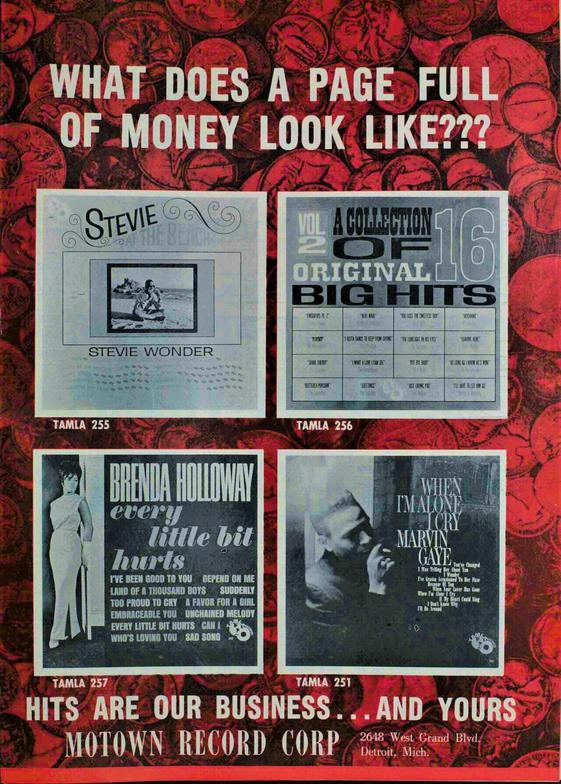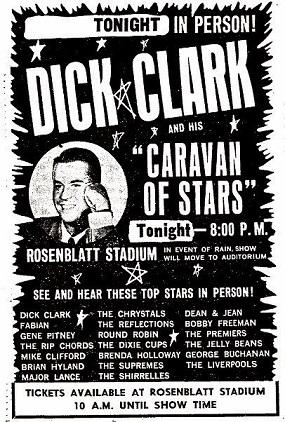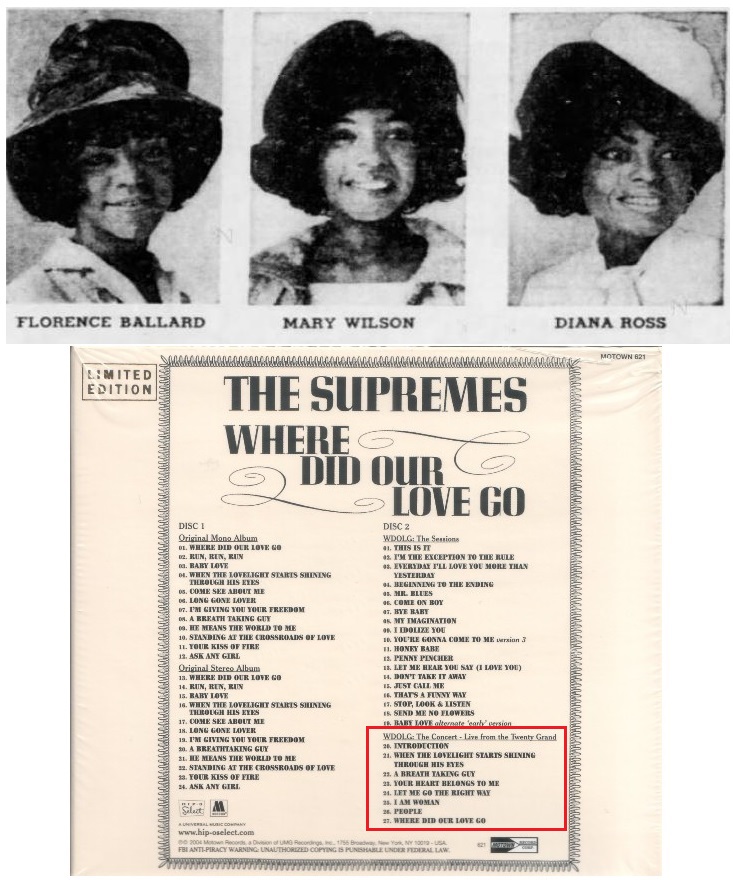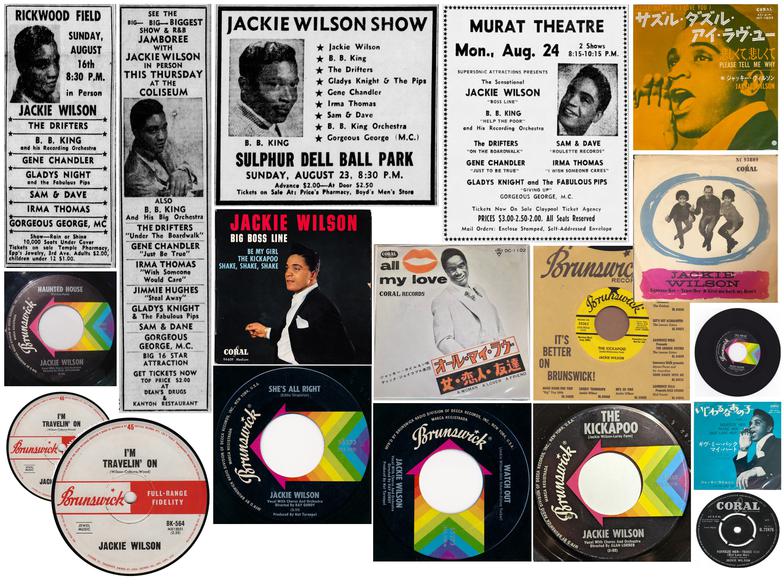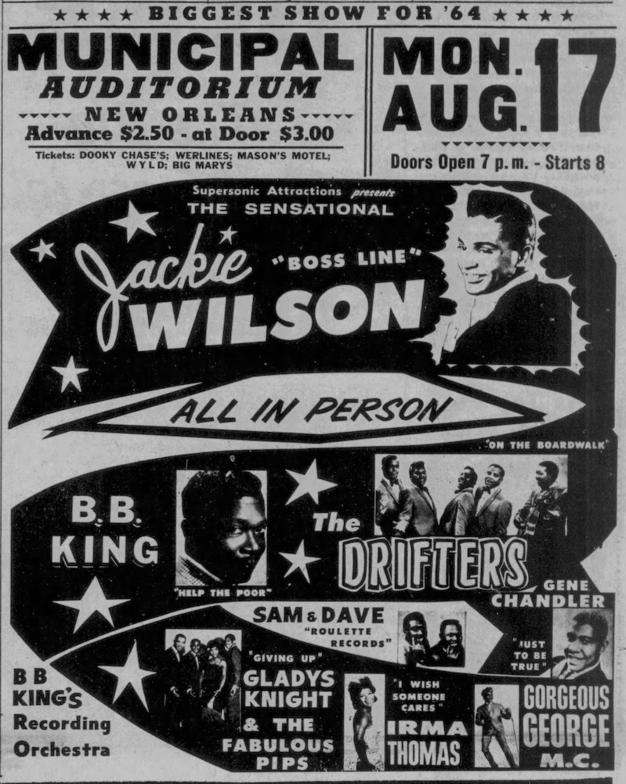Splatt Gallery
Double click here to add text.
Splatt Gallery's History of Michigan Music Posters
Volume Two - 1964 to 1966 - Page Two
**********************************************************
Volume Two - 1964 to 1966 - continues - HERE
The 1964 World's fair in New York drew visitors from all over the world. One particularly colorful group, who called themselves "The Merry Pranksters" had driven across country from La Honda, California in a wildly converted school bus that they had named "Furthur". The group was organized and led by author Ken Kesey who used the trip as a cross-country film-making experiment under the influence of the drug LSD.
LSD was synthesized by Dr. Albert Hoffman of Sandoz Labs in Switzerland in 1938. Five years later he accidentally discovered its effects. On April 19, 1943, he took the first deliberate dose. Feeling anxious, he left the lab to go home on his bicycle, pedaling off into the world's first acid trip. In certain quarters, April 19th is known as "Bicycle Day" (interestingly, the day before the modern-day "4-20" "holiday").
It' s amazing how prevalent the usage of the LSD was though-out the 1940's and 1950's in studies ranging from the treatment of schizophrenia to alcoholism with hundreds of published studies and tens-of-thousands of test subjects, both willing and unwilling. A handful of celebrities, most famously the actor Carey Grant, were publicly extolling the benefits of LSD.
Other, more clandestine, experiments were being conducted by government agencies, most notoriously, the CIA's MK-ULTRA project and the bizarre 1962 death of Tusko the elephant at the Lincoln Park Zoo in Oklahoma City. A shady character with a checkered past and associations with very high-level contacts named "Captain" Alfred Hubbard was traveling around the world, dispensing the drug from his famous leather satchel to an estimated 6,000 people, including Humphry Osmond (who coined the term "psychedelic"), Aldous Huxley, Myron Stolaroff (creator of the Ampex 200A tape recorder), and Bill W. (founder of Alcoholics Anonymous).
Hubbard has been called "the Johnny Appleseed of LSD" and "the original Captain Trips". A fellow traveler, Michael Hollingshead from the UK carried a mayonnaise jar containing 5,000 hits and was responsible for turning on Timothy Leary, jazz musicians Maynard Ferguson and Charles Mingus (both of whom lived at Leary's estate), Alan Ginsberg, William S. Burroughs, Roman Polanski, and The Beatles' dentist.
Ken Kesey was a voluntary participant in the MK-ULTRA experiments, inspiring his novel "One Flew Over The Cuckoo's Nest". The success of that book allowed him to buy an estate in La Honda, California that became a commune for his group of friends, called the Merry Pranksters. Their bus trip across the country to visit the 1964 World's Fair in New York was indeed filmed, but was never released until 2011.
While in New York, the group made a visit to Timothy Leary's Millbrook estate although the groups apparently did not mesh. Kesey thought Leary was too staid, and Leary thought Kesey was too outlandish (ironically, it would be Leary's antics that eventually brought the whole thing down). When the Merry Pranksters returned to La Honda they began hosting a series of "Acid Test" parties featuring Kesey's favorite local band, The Warlocks (later re-named, The Grateful Dead).
The Sandoz patent on LSD expired in 1963 and a small number of chemists began manufacturing the drug, the most famous being Owsley Stanley who was Kesey's main source of supply and was also the sound engineer for the Grateful Dead (designing their massive wall-of-sound speaker set-up). Owsley is estimated to have manufactured more than five million doses. Owsley's apprentice, Tim Scully developed the benchmark quality "Orange Sunshine" product. In 1966 LSD was finally made illegal.
Tommy Hall was a volunteer subject in LSD experiments being conducted at the University of Texas in Austin. Looking for a better environment than the soul-less laboratory in which to explore his cosmic consciousness, he assembled a band by putting a singer named Roky Erickson together with a local bar band and calling them The 13th Floor Elevators. Hall contributed his song writing, his electric jug playing, and a constant supply of acid, which he insisted the band partake anytime they picked up their instruments, be it in rehearsal, in the studio, on stage, or on TV.
Their first album, “The Psychedelic Sounds of The 13th Floor Elevators”, released in October, 1966 was the first record with the word “psychedelic” in the title, beating by only a matter of days, “Psychedelic Moods” by The Deep and “Psychedelic Lollipop” by The Blues Magoos.
The 13th Floor Elevators – You’re Gonna Miss Me (1966)
https://www.youtube.com/watch?v=dDhgRdWtrvk
1964 was the year of the New York World’s Fair where visitors were enthralled by futuristic inventions such as the push-button phone, the picture phone, and the Ford Mustang. You know that giant Uniroyal tire out on I-94? That was actually a functioning Ferris wheel at the fair.
1964 was also the final year for The Royaltones as a band. Dennis Coffey and Bob Babbitt would move over to Motown to join the Funk Brothers. Original founding member, George Katsakis would end up in Detroit’s first, maybe only, certainly weirdest PROG ROCK band – but we’ll save that for later.
The Royaltones – Misty Sea (1964)
https://www.youtube.com/watch?v=4jNPll4hCog
An ad for WCHB Radio in the April 24, 1964 edition of the Detroit Free Press newspaper, featuring Martha Jean (the Queen).
An ad for comedian Dick Gregory at Cobo Arena in Detroit, Michigan on April 26, 1964, with the Freedom Singers, Dorothy Ashby Trio, and Buffy Sainte Marie.
A newspaper ad for Joan Baez at the Civic Center in Lansing, Michigan on the same day, April 26, 1964.
A full-page Golden World Records ad in the April 25, 1966 issue of Cah Box magazine for the single “(Just Like) Romeo and Juliet” by The Reflections.
A full-page Golden World Records ad in the April 25, 1964 issue of Billboard magazine for the single “(Just Like) Romeo and Juliet” by The Reflections.
A long newspaper ad for James Brown’s first Michigan appearance, at the Cobo Arena in Detroit on April 25, 1964, with local acts The Reflections and Gino Washington, plus DJ’s Robin Seymour, Ernie Durham, and Bill Williams. This was also the first Michigan appearance by Otis Redding and by Dionne Warwick, and the earliest known show by Gino Washington.
Newspaper ad for Ray Charles at Masonic Auditorium in Detroit, Michigan on April 24, 1964.
About eighty people came to the first dance, on May 8, 1964 that Dave Leone held at the rented VFW Hall that he dubbed “The Hideout” on Friday nights with The Fugitives. Word spread quickly and within weeks the 550 person capacity was reached every time. The live music was much more exciting than the record hops and best of all there were no chaperones.
There are hardly any posters to be found for the first year of the Hideout in 1964, so the following is a bit compressed, but from what follows we can assume that the first year was very successful.
Things were going so well that shortly after the club’s first year anniversary in May 1965, Leone found a second location, a Knights of Columbus Hall in Southfield, Michigan, called it Hideout #2 and put his friend, Punch Andrews in charge of it. The Fugitives moved over to the new location and another band, The Underdogs, began playing the original spot.
Dissatisfied with the D-Town label’s handling of The Fugitives’ record, Leone decided to start his own label, called Hideout Records. For his first release he wanted to make an album as a “thank you” to the Hideout patrons. Recording a set by The Fugitives at the Quackenbush brothers’ home and adding crowd noise and applause on a second track, he made 300 copies of the “live” album, “The Fugitives at Dave’s Hideout” and sold them at the club for $3 each, selling out immediately. It may be the very first album of what would later be labeled “garage rock”, it certainly was the first in the Detroit area.
For the label’s first single, Leone released The Underdogs’ song “Man In A Glass”. The single was just starting to get some traction when it was discovered that although the band claimed to have written the lyrics for the song, they were actually taken, pretty much verbatim, from the pledge used at Alcoholics Anonymous. The single was immediately pulled from distribution.
The Underdogs – Friday Night at The Hideout (1965)
https://www.youtube.com/watch?v=JoTTWLm6Eos
The Quackenbush brothers, Gary and Glenn, were in a Birmingham, Michigan based band called The Tremolos which had the distinction of being one of the few bands at the time that featured vocals. Gary played guitar and Glenn played keyboards. While playing a frat party at the University of Michigan in Ann Arbor in late 1963 they met a student named Edward “Punch” Andrews who invited them to play a New Year’s Eve party in Grosse Point where they were introduced to Andrew’s friend Dave Leone.
Leone and Andrews had aspirations to become record executives and they offered the band a chance to make a record. Leone was a big fan of the TV show, The Fugitive, and he had written a song which he hoped would become the show’s theme. As part of the deal, the band agreed to change their name from The Tremolos to The Fugitives. The song was recorded at the United Sound studio in Detroit and was released on Mike Hanks’ D-Town label.
As you can hear for yourself, the song may be one of the dumbest ever, the producers of The Fugitive TV show, Quinn Martin, not only turned it down but also issued an injunction against it (prompting the change of the name of the tune to “A Fugitive”), and being somewhat misplaced on the soul label D-Town, the record went nowhere.
It did however mark a starting point to some significant developments. In May, 1964 Dave Leone opened The Hideout club in Harper Woods with The Fugitives as the house band. The Hideout clubs (eventually four of them) and Leone and Andrews will figure prominently in upcoming episodes. The Fugitives, a few years later would evolve into the band SRC.
The Fugitives – A Fugitive (1964)
https://www.youtube.com/watch?v=6W2jQMFnAOo
A beautiful poster, for an appearance by Marvin Gaye and The Spinners in Albuquerque, New Mexico on May 2, 1964, printed by the Tilghman Press which was started in Oakland, California in 1919 by “Oakland’s Black Printing Pioneer” Charles Tilghman. The same poster will also be used, with the information on the top changed, to promote more upcoming shows.
A full-page Brunswick Records ad in the May 16, 1964 issue of Cash Box magazine for the single “Big Boss Line” by Jackie Wilson.
A full-page Motown Records ad in the May 16, 1964 issue of Cash Box magazine (slightly different from the similar ad in the April 15, 1964 issue of Billboard magazine).
A full-page Amy-Mala Records ad in the May 9, 1964 issue of Billboard magazine with one of the last singles by The Royaltones. The A-side was a ballad written by George Katsakis and Dennis Coffey, while the B-side, written by Coffey and R. Kreiner, was a rocker, and a showcase for Coffey’s guitar playing. Both tracks also featured Coffey’s future Funk Brother, bassist Bob Babbitt.
The Royaltones – Our Faded Love (1964)
https://www.youtube.com/watch?v=wDhwXFrayMA
The Royaltones – Holy Smokes (1964)
https://www.youtube.com/watch?v=cJ-atH_IaQE
An ad for WKNR AM radio in Detroit, Michigan in the May 11, 1964 issue of Broadcasting magazine.
An ad for Moms Mabley & Her Big All-Star Show at Masonic Auditorium in Detroit on May 10, 1964, giving her nearly 150 Detroit appearances.
Four posters by Tilghman Press for Marvin Gaye, at the Cascade Ballroom in Springfield, Oregon on May 19, 1964, the Hollywood Bowl in New Westminster, British Columbia, Canada on May 23, 1964, the Evergreen Ballroom in Olympia, Washington on May 24, 1964, and in Klamath Falls, Oregon on May 25, 1964. All shows were supported by the Spinners and Hattie Littles. Incidentally, Gaye played the drums on the Spinners’ 1961 debut single “That's What Girls Are Made For”.
Poster/ad for James Brown’s second Michigan appearance, this time for a six-night engagement at the Fox Theatre in Detroit running from May 30, 1964 through June 4th. These were the first Michigan shows for Patti LaBelle & the Blue Belles. The movie feature was “Horror of the Stone Women”.
An ad with Cass Tech High graduate, bassist Ron Carter opening for Charles Mingus at the Five Spot in Greenwich Village, New York, June 9, 1964 through June 21st. Just prior to this gig, Carter had recorded the sessions for “The Individualism of Gil Evans” album and in the middle of the Five Spot engagement, he took a break to record the sessions for Herbie Hancock’s “Empyrean Isles” album. Following the Five Spot gig, he and Herbie Hancock embarked on a world tour as part of the Miles Davis Quintet.
A “thank you” ad from the Reflections for the success of the single “Romeo & Juliet”, a Top Ten record that reached #6 on the Billboard Hot 100 chart on May 30, 1964.
Soon after the Beatles and the Rolling Stones invaded America, John Lee Hooker returned the volley with a tour of England, backed by John Mayall’s Blues Breakers, and even performing at the Beatle’s home-central Cavern Club in Liverpool on June 12, 1964, and opening for the Rolling Stones at a Rolling Stones Fan Club party in London on June 26th.
The pairing of Hooker with Mayall drew some criticism from some UK blues purists who thought that Mayall’s full band, and in particular, Mayall’s organ playing was overbearing, as they had hoped to hear the raw sound of Hooker alone on the guitar, and they felt this affected the set choice of songs that seemed to be aimed at more of a pop audience.
In the final week of the tour, Mayall and the Blues Breakers had another commitment, so a UK blues band called The Groundhogs, who had taken their name from the Hooker song “Ground Hog Blues”, were recruited. They turned out to be a better fit, they adopted the name John Lee’s Groundhogs, and Hooker promised to use them when he returned to the UK, which he did often, and later, they recorded an album together.
Here’s a clip of Hooker performing with the Groundhogs in 1965:
https://www.youtube.com/watch?v=AiGjd1Uddlw
A hometown appearance by Jackie Wilson for ten nights at the Grand Bar in Detroit, June 12, 1964 through June 21st, while his upcoming touring partner B.B. King was in town at the 20 Grand for the same ten nights.
Poster for Dave Leone’s Hideout Club in Harper Woods, Michigan, June 10, 1964, about a month after the club’s opening, and the only poster that we have found from the club’s first year. A Battle of the Bands, with the Del Rays, the Blazers, the Royal Chessmen, and the Ram Rods, plus the Fantastic Fugitives. Coming up on June 19th, Gino Washington.
The Rolling Stones came to Detroit on June 14, 1964, three months before the Beatles first appearance. And like most stops on this first US tour in 1964, the attendance was abysmal. Less than 1,000 people, maybe as few as 300, were inside the 12,000 seat Olympia Stadium. The day before the Detroit show, they appeared in Omaha, billed as “Bigger Than The Beatles”. A police motorcade met them at the Omaha airport, but that’s all who showed up.
For the Stones, however, they got a taste of America (for better or worse), Keith bought a gun, they realized a dream by recording at Chess Records in Chicago, and they got to spend a day off in Detroit in the company of a lovely young lady, Jackie Kallen, who tells her story here:
http://www.dailytribune.com/general-news/20150708/former-reporter-recalls-interview-on-rolling-stones-first-detroit-show
The Rolling Stones – Around & Around (1964)
https://www.youtube.com/watch?v=ct2n2iiiIGQ
An ad for Little Stevie Wonder with the Temptations, Betty Everette, Chuck Jackson, Mitty Collier, the Soul Sisters, Inex Fox, and the Aubrey Twins in St. Louis, Missouri on June 13, 1964.
An awesome ad from Tamla Motown Records for the release of The Supremes’ single “Where Did Our Love Go” on July 17, 1964. It was their first #1 single, starting their unprecedented run of five consecutive Number One songs.
In the two videos below, the first is some high-quality footage from a Hullabaloo type TV show, and the second is a promo video shot in Paris, France with the group traipsing through street traffic until a policeman cuts it short.
The Supremes – Where Did Our Go (1964)
https://www.youtube.com/watch?v=t1Ta5TlCBR8
The Supremes – Where Did Our Go (promo video) (1964)
https://www.youtube.com/watch?v=F1FFOMshiO0
Billboard magazine ad for the arrival of the Rolling Stones that appeared one month before the band’s first Detroit appearance, which was June 14, 1964.
When the Four Tops released their first single on Motown Records, on July 10, 1964, they had already been a working group for more than ten years, beginning while still in Detroit high schools in 1953. Levi Stubbs and Abdul “Duke” Fakir from Pershing High teamed up with Renaldo “Obie” Benson and Lawrence Payton from Northern High for a performance at a birthday party, and they liked the way they sounded.
Payton’s cousin was Roquel "Billy" Davis, who would become the famed songwriter/producer, and he wrote and produced a couple of tracks for the group that were released on Chess Records and a few smaller labels, but went nowhere. Yet they performed frequently at the Flame Show Bar and developed a polished stage act that drew the attention of Berry Gordy, who signed them in 1963.
They added background vocals for other Motown artist’s singles and worked on Gordy’s short-lived jazz subsidiary label Workshop Jazz Records, until the Holland-Dozier-Holland team brought them a completed instrumental track that they didn’t know what to do with, which soon became “Baby I Need Your Loving”.
The record peaked at #11 on the Billboard Hot 100 Chart, not at all bad for a first try, and it had a longevity that has always kept it popular. Unlike other top Motown groups that experienced frequent, sometimes volatile line-up changes, the Four Tops had the rare distinction of maintaining all of the original members throughout their entire lengthy career, 44 years in total, until 1997 when Lawrence Payton passed away at age 59.
The Four Tops – Baby I Need Your Loving (1964)
https://www.youtube.com/watch?v=KUOntQocGWk
An ad for the Showboat in Detroit with Wild Bill Davison from Defiance, Ohio appearing July 4-11, 1964. It was the first time that an act other than Mugsy Spanier performed on their stage since their opening on April 1st. Davison’s seven nights appear to be the end of the Showboat.
An ad for Hank Ballard & the Midnighters at the Californian Club in Los Angeles, California, July 2-9, 1964, what appear to be the group’s final shows. Ballard’s first solo album “A Star in Your Eyes” was released later in the year.
An ad for guitarist Les Paul at the Roostertail in Detroit for six nights, June 22-27, 1964, his first return to Detroit after eleven years.
Fairly well-known (ie, commonly bootlegged) poster for Mitch Ryder & the Detroit Wheels at the Dalles Civic Center in Washington, June 18, 1964.
A full-page Motown Records ad (colorized) in the July 18, 1964 issue of Billboard magazine. Although it took the Supremes nearly four years and nine released singles to hit #1 on the charts, they more than made up for that as “Where Did Our Love Go” started an unprecedented run of five consecutive Number One records.
A poster by the Murray Poster Printing Co. for the 1964 Caravan of Record Stars stop in Lexington. Kentucky on July 21, 1964, with three Michigan-related artists included on the bill, the Reflections, the Supremes, and Brenda Holloway.
Holloway, who was Motown’s first West Coast signing and was working from Motown’s Los Angeles, California studio at the time, had scored a Top Twenty hit with “Every Little Bit Hurts” which earned her an invitation to join the tour. Berry Gordy agreed, as long as the tour afforded the still-struggling Supremes a spot on the bill as well.
Ironically, during the course of the tour, the Supremes single “Where Did Our Love Go” began climbing up the charts, ultimately becoming their first #1 hit, the first of five #1 songs in a row, (the others being "Baby Love", "Come See About Me", "Stop! In the Name of Love", and "Back in My Arms Again").
A feature photo for the first Michigan appearance by the Chambers Brothers, from Los Angeles, California by way of Carthage, Mississippi. They performed six nights at The Retort coffee house in Detroit, July 20-25, 1964, playing folk music in a Jug Band style. They would next return to Michigan three years later, at the Grande Ballroom in September 1967, with a vastly different sound.
A WCHB Radio Talent Contest at the Fox Theater in Detroit, Michigan, July 11, 1964, featuring the Contours, Eddie Holland, and Carolyn Crawford.
A Globe Poster for Marvin Gaye and the Spinners back home at the Driftwood Lounge in the 20 Grand in Detroit for ten days starting on July 24, 1964.
In the summer of 1964 a long-time legend of the locals in Dowagiac, Michigan, the Dewey Lake Monster gained national attention when a formal investigation was launched, prompted by a large number of sightings and thousands of curiosity seekers descended upon the town. The mystery was left unresolved and the eyewitnesses grew reluctant to ever speak of the creature again.
An ad for WJLB radio station in Detroit, Michigan dated July 31, 1964, the same day that Martha & the Vandellas released the single "Dancing in the Street".
On July 31, 1964, Motown released a single by Martha & The Vandellas that would become one of the all-time great Detroit anthems, even though the name of the city is never mentioned. By the way, the actual lyrics are “Can’t forget the Motor City”. “Don’t forget the Motor City” is the name of the Detroit Rock Poster Show at Splatt Gallery.
Martha & the Vandellas – Dancing In The Street (1964)
https://www.youtube.com/watch?v=68Uv959QuCg
A Motown Records ad in the August 1, 1964 issue of Billboard magazine.
Poster/ad for Dick Clark’s “Caravan of Stars” show at the Rosenblatt Stadium, Omaha, Nebraska on August 2, 1964, featuring Michigan artists the Supremes, the Reflections, and Brenda Holloway.
The Supremes performed a week-long engagement at the 20 Grand club in Detroit, August 14-20, 1964, in advance of the release of their second album, “Where Did Our Love Go”, on August 31. The album was the first in Billboard magazine’s history to have three number-one hits from the same album.
A 2004 fortieth anniversary deluxe edition by Hip-O Select included tracks recorded live at the 20 Grand.
Ads for the “Biggest Show for ‘64” headlined by Jackie Wilson, in Birmingham, Alabama the night before the show in New Orleans, in Montgomery, Alabama on August 20, 1964, in Mobile, Alabama on August 21st, in Nashville, Tennessee on August 23rd, and in Indianapolis, Indiana on August 24th. Also shown are the half-dozen singles released by Wilson in 1964, of which this is our favorite:
Jackie Wilson – Haunted House (1964)
https://www.youtube.com/watch?v=WlIQ3CXKNMU
Poster/ad with Jackie Wilson headlining the “Biggest Show for ‘64” with BB King, the Drifters, Sam & Dave, Gene Chandler, Gladys Knight & the Pips, Irma Thomas, and Gorgeous George in New Orleans on August 17, 1964.


